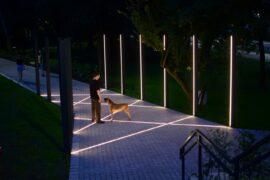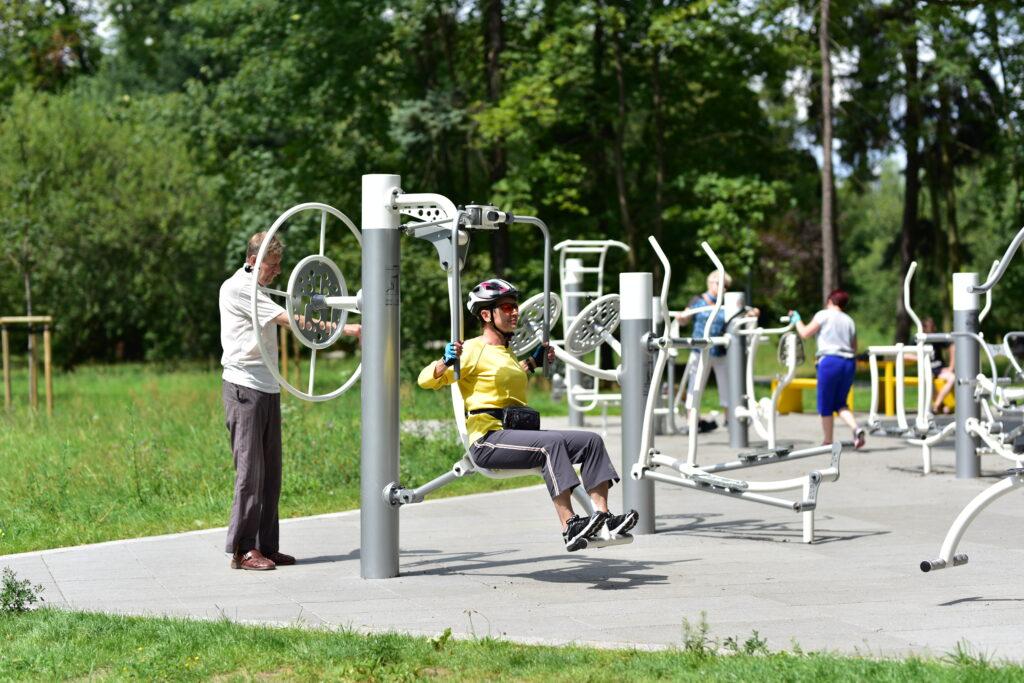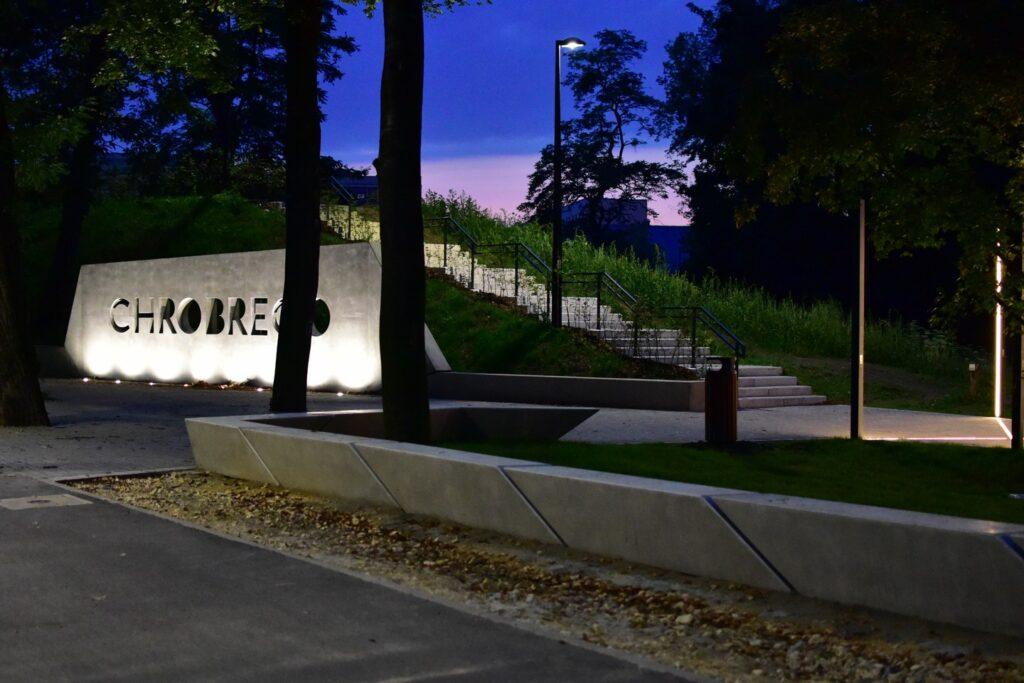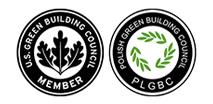
One of visio’s projects – the revitalization of Chrobry Park – was published in the August 2021 issue of the Architektura Morator magazine. visio worked in collaboration with 44STO to uplift the existing park in order to attract more visitors and make the space more usable for a variety of users. The results of the interventions and updates have been very positive, leading to the project’s mention in the form of an article in Poland’s leading architectural magazine.
A Brief History of the Park
The park is the largest green space of its kind in the Polish city of Gliwice. Established in the 1890s, this park is located in an area that used to belong to an iron and glass foundry. Back then, it was known as the Kaiser Wilhelm Park. Park Chrobry is one of the four parks that surround the medieval city’s core. The landscape of the park was developed between 1913 and 1915. During this period, it was connected with the bathing beach as well as the canoe track. These connections made the park a very important recreational zone for the city.
The park sits in a very well-connected site too. Located between two very vital transit arteries that connect Gliwice with Zabrze and other Silesian cities, the park is easy to get to by not only residents of Gliwice but also nearby cities. This is one of the reasons why its revitalization had to be done in a way so as to attract people of all kinds and ages.
Design Interventions for Upliftment
While many such projects usually see the introduction of intrusive architectural elements or rely only on maintaining the greenery and landscape, visio Architects and Consultants decided to go a different route for this project. One of the main focuses was to do as little as possible to disturb the historic and botanical values of the site. Historic elements were preserved and the new interventions were made around them to avoid potential conflicts. The existing green spaces were also conserved and new plants were planted in a very cohesive manner.

The design team recognized that the site was one of the most important open, green areas located in the vicinity of various sports and entertainment facilities and so the space of the park was divided into different zones. These included the entrance space, recreation spaces, areas for children, spaces for walks, sports, fitness activities, and dog walking. All of the new pathways, like those for runners or those to connect various parts of the park, were designed in a way that does not interfere with any of the new zones. Seating areas were also created on many junctions of the pathways to provide ample resting places for the visitors.

Sports and Fitness Zone 
Children’s Play Zone
Another important consideration was to design and construct according to sustainable principles. The majority of the new design solutions were created with this priority in mind. For example, fully permeable, durable surfaces with a high SRI (Solar Reflectance Index) were created to ensure minimum interference with the extensive root system of the existing trees.
The park can be entered from multiple sides. Two major entrances are emphasized by openwork greeting walls made out of architectural concrete, taking a very modern approach that marks the site as a piece of contemporary architecture, while at the same time creating a buffer from the busy street to fully enjoy the nature that lies behind these see-through walls.

Despite all of these new introductions that are very modern in their nature, the park’s historic and natural character is not lost. Elements of small architecture, like the various benches and bike stands, are also very modern and fluid in their design, and yet they fit very well into the natural setting. Some pieces of furniture and lighting were specially designed for the park by the architects and they follow organic and seamless lines to merge into the organic, green surroundings.

Organic and warm benches that merge into the backdrop of tall trees
As a result, the project has become a new landmark for the city of Gliwice. The design has not only created new places for people to play, meet, and work but also paid due respect to the historical layers of the park. It is, therefore, a project that focuses both on the conservation of natural values and the incorporation of modern elements and zones to be used by a variety of users.
You can download the full Polish article published in Architektura Murator at the following link: https://cutt.ly/pQ1F35x
We also encourage you to get yourself a subscription to the AM Magazine to stay updated on architectural news and trends.
This post is written by Saram Maqbool – Architect and Life-Cycle Assessment Analyst at visio.


